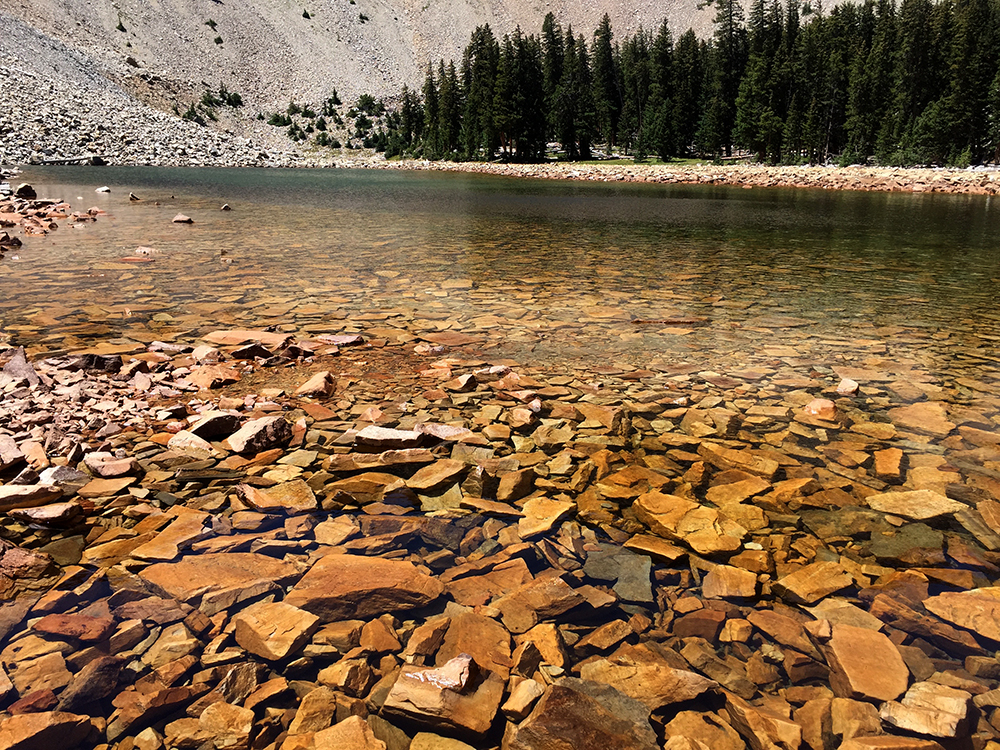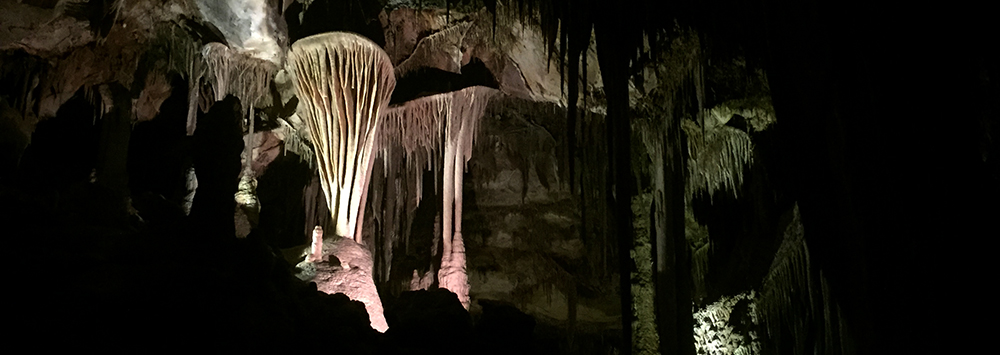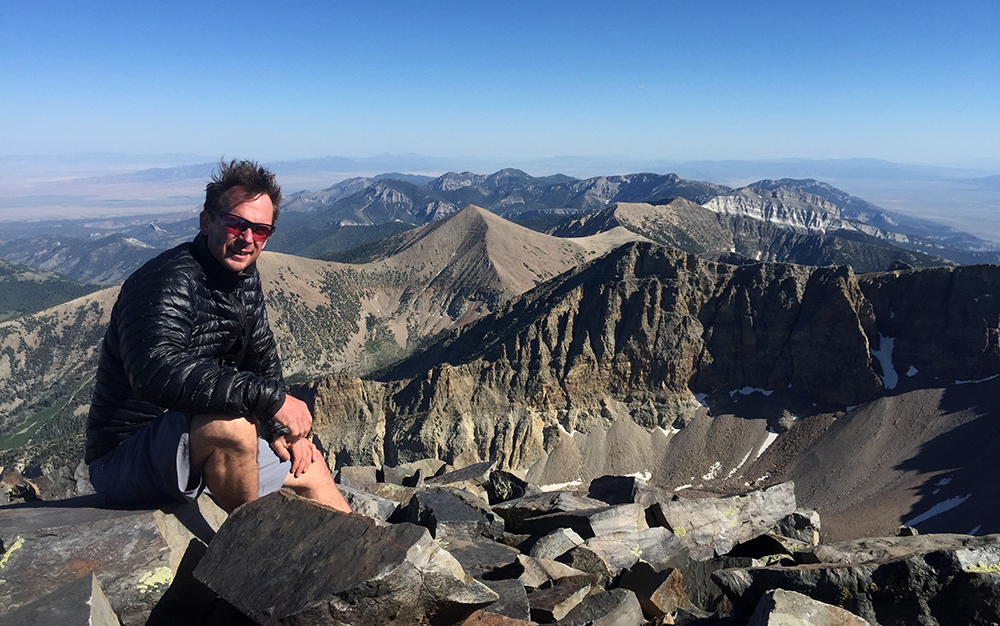Eastern Nevada’s Great Basin National Park lies in isolated silence, receiving a mere 153,094 recorded visitors in 2018 while offering some 77,180 acres of rugged wilderness ripe for exploration.
Guide to Great Basin
Great Basin National Park
Home to the state’s second highest peak, a glacier, some of the world’s oldest trees, an intricate underground cave system and miles of untracked trails, Great Basin National Park is a perfect place to just get away from it all.
Lacking the crowds of its closest national park neighbor, Zion (4.2 million visitors in 2016), a mere three-hour drive to the southeast, Great Basin rewards visitors not only with solitude but also with vast mountain vistas, crystal-clear alpine lakes and some of the most ancient trees on earth, as bristlecone pines still stand in the park that began life while King Tutankhamun ruled Egypt, some 3,000 years ago.

Named by John C. Fremont in the mid 1800s, the Great Basin itself encompasses not only the park and its surrounding basins, but more than 90 basins in parts of Utah, Idaho, Wyoming, Oregon, California and most of Nevada. In this largely dry region existing of huge valleys striped with endless parched and rugged desert mountain ranges, water has no escape. Precipitation that falls in this area of the American west, never is to reach the sea; rivers that run here end in lakes or evaporation. It is indeed, a Great Basin.

In no way should this evoke hesitation on part of the would-be visitor. This wide-open glacially carved landscape is home to Nevada’s second highest mountain, 13,063 foot Wheeler Peak. Below its rocky summit, massive boulder fields stretch thousands of feet downward toward picturesque lakes and rushing mountain streams lying in thick coniferous forests that house Douglas fir, Engelmann spruce, ponderosa pines and in one grove, gnarly bristlecone pines.
Visitors who find their way to this out-of-the-way park discover an array of activities from which to choose, in a most unique setting. Driving the Wheeler Peak Scenic Drive gives access to pullouts that provide sweeping views of the surrounding landscape and stands as a must do. Many enjoy embarking from the visitor center on a ranger-led tour through the magical Lehman Caves, which takes curious explorers into an underground labyrinth complete with stalactites, stalagmites and beautifully rare features known as “drapes” that inundate this cave system.

Hikers can roam the park on any of the 65 miles of backcountry trails exploring both the lower and upper regions of the park, while mountaineers spring upward on more free-spirited off-trail jaunts to peaks that soar thousands of feet above the surrounding deserts of the Great Basin.
Services in this remote area are sparse, with only one unattended gas station providing fuel and one lone espresso truck in Baker, a small, quiet town near the entrance to the park.

Plan ahead, check out the activities and visiting tabs to learn more about your options for visiting Great Basin National Park.
See ya there…
Guide to Great Basin
Relevant Links
National Park Guides

All content found on Park Junkie is meant solely for entertainment purposes and is the copyrighted property of Park Junkie Productions. Unauthorized reproduction is prohibited without the express written consent of Park Junkie Productions.
YOU CAN DIE. Activities pursued within National Park boundaries hold inherent dangers. You are solely responsible for your safety in the outdoors. Park Junkie accepts no responsibility for actions that result in inconveniences, injury or death.
This site is not affiliated with the National Park Service, or any particular park.
